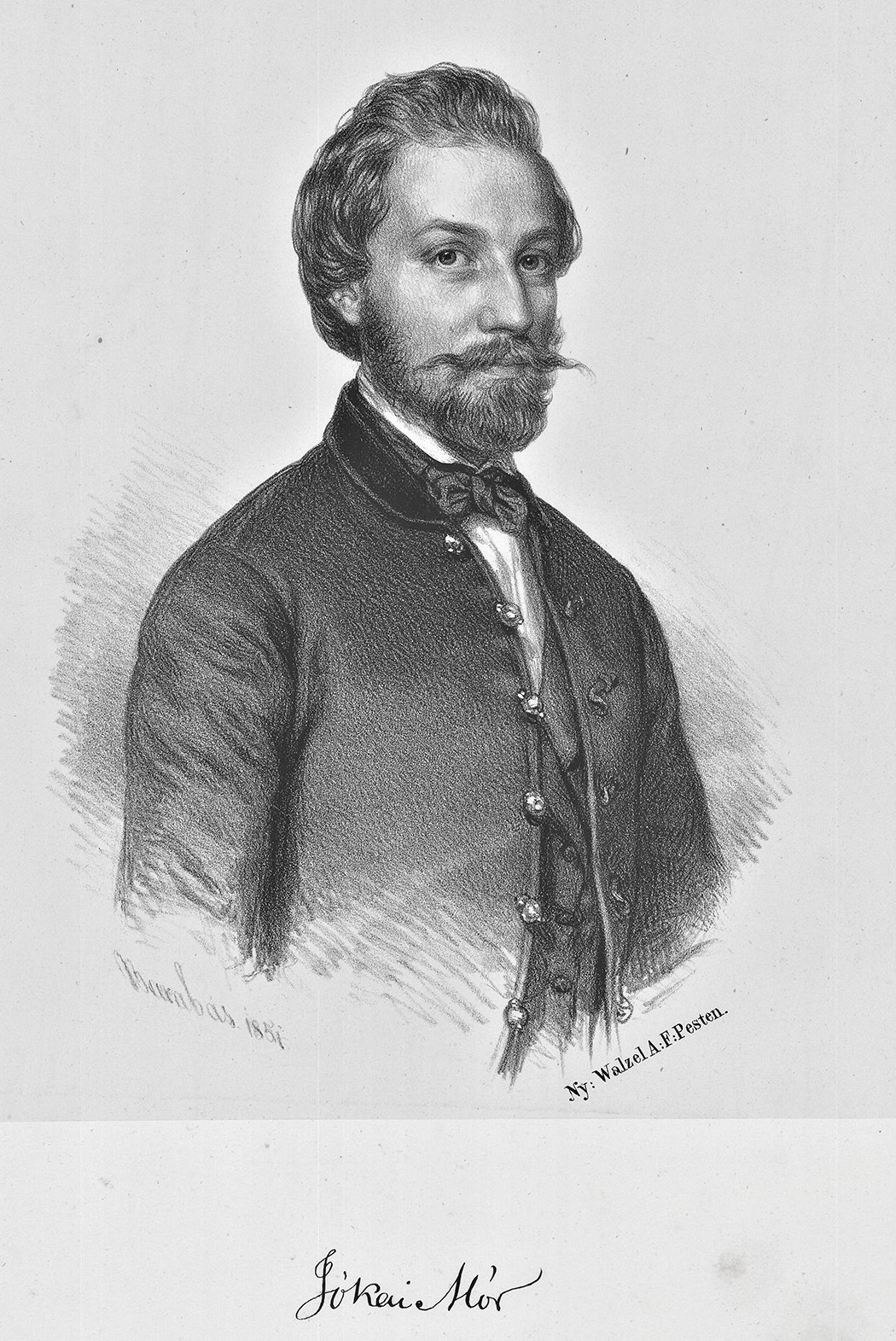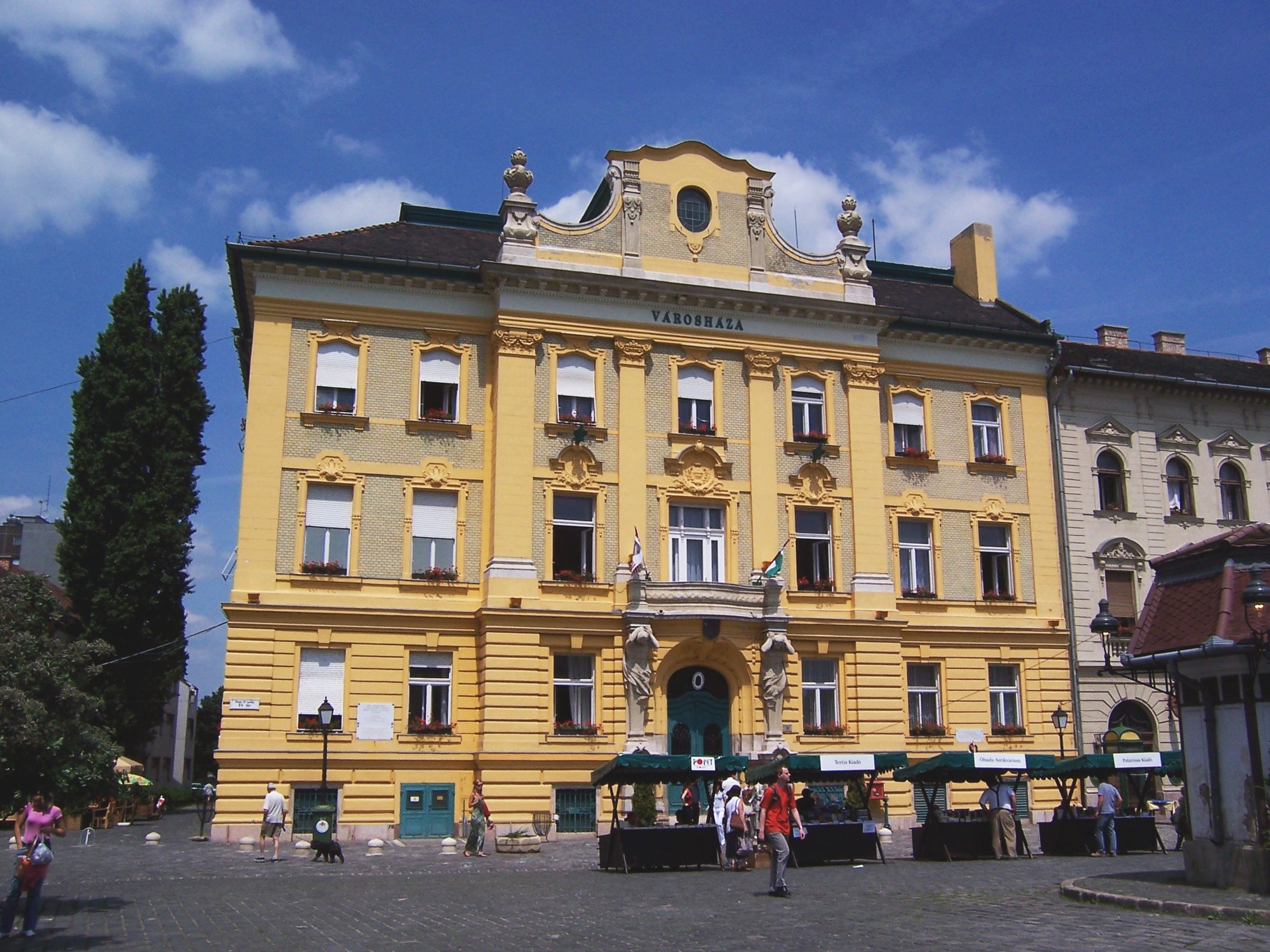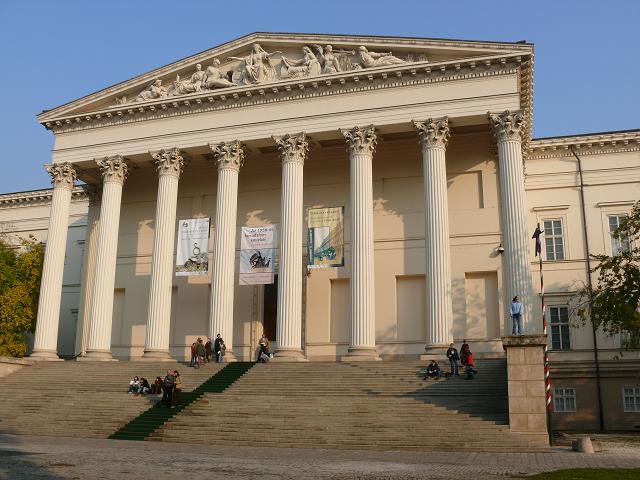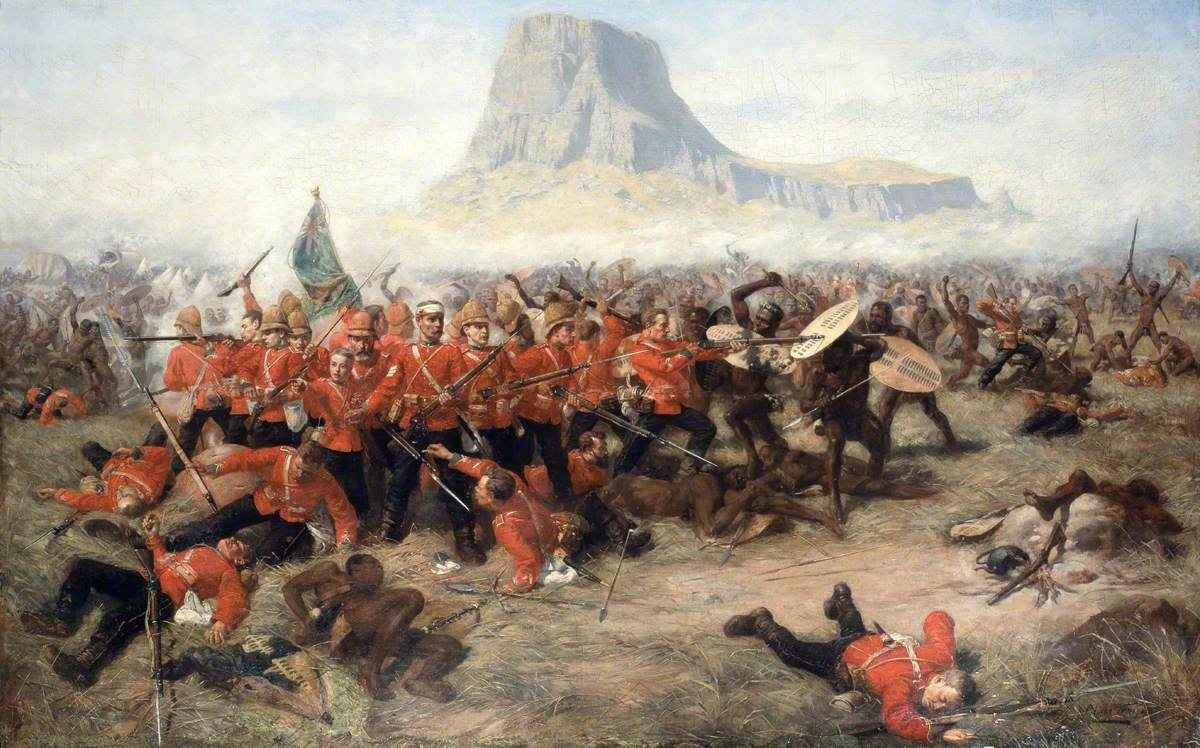|
Bella Nagy
Bella Nagy (July 4, 1879 – January 30, 1947), born Bella Grósz, was a Hungarian actress, and second wife of writer Mór Jókai. Early life Bella Grósz was born in Jákó, Hungary, the daughter of Móric Grósz and Éva Flamm. Her family was Jewish; her father was a mechanic. She graduated from a commercial school in Óbuda before pursuing an interest in the theatre, attending the Rákosi Szidi acting school. Career Nagy had her stage debut in 1898, and performed in several works by Mór Jókai before she married the writer in 1899 in Budapest. Their 54-year age difference (he was 74, and she was 20), plus their religious differences, caused a scandal, and his family tried to have him declared incompetent. She left the stage reluctantly, and attempted a comeback in 1901, but continued in the public eye as Jókai's wife. After his death, she was his sole heir, outraging other claimants and causing further scandal and prolonged legal battles; she lost those battles, and wa ... [...More Info...] [...Related Items...] OR: [Wikipedia] [Google] [Baidu] |
Mór Jókai
Móric Jókay de Ásva (, known as ''Mór Jókai''; 18 February 1825 – 5 May 1904), outside Hungary also known as Maurus Jokai or Mauritius Jókai, was a Hungarian nobleman, novelist, dramatist and revolutionary. He was an active participant and a leading personality in the outbreak of Hungarian Liberal Revolution of 1848 in Pest. Jókai's romantic novels became very popular among the elite of Victorian-era England; he was often compared to Dickens in the 19th-century British press. One of his most famous fans and admirers was Queen Victoria herself. Early life He was born in Komárom, in the Kingdom of Hungary (present-day Komárno in Slovakia). His father, József Jókai de Ásva (1781–1837), was a member of the Ásva branch of the ancient Jókay noble family; his mother was noblewoman Mária Pulay (1790–1856). As a boy, he was timid and delicate, and was therefore educated at home until the age of ten, at which time he was sent to Pozsony (today: Bratislava in Slovaki ... [...More Info...] [...Related Items...] OR: [Wikipedia] [Google] [Baidu] |
Jákó
Jákó is a village in Somogy county, Hungary Hungary ( hu, Magyarország ) is a landlocked country in Central Europe. Spanning of the Carpathian Basin, it is bordered by Slovakia to the north, Ukraine to the northeast, Romania to the east and southeast, Serbia to the south, Croa .... History According to ''László Szita'' the settlement was completely Hungarian in the 18th century. External links Street map (Hungarian) References Populated places in Somogy County {{Somogy-geo-stub ... [...More Info...] [...Related Items...] OR: [Wikipedia] [Google] [Baidu] |
Óbuda
Óbuda was a town in Hungary that was merged with Buda and Pest on 17 November 1873; it now forms part of District III-Óbuda-Békásmegyer of Budapest. The name means ''Old Buda'' in Hungarian (in German, ''Alt-Ofen''). The name in Bosnian, Croatian and Serbian for this city is ''Stari Budim'', but the local Croat minority calls it ''Obuda'' (the name "Budim" is used for the fortress in Buda). In Czech it is called ''Starý Budín''. The island ( Óbuda Island) next to this part of the city today hosts the Sziget Festival, a huge music and cultural festival. Óbuda's centre is ''Fő tér'' (Main Square), connected to a small square with a sculpture of people waiting for the rain to stop. It is accessible by HÉV (''Szentlélek tér'' station). History Settlements dating from the Stone Age have been found in Óbuda. The Romans built there Aquincum, the capital of Pannonia province. Hungarians arrived after 900 and it served as an important settlement of major tribal lead ... [...More Info...] [...Related Items...] OR: [Wikipedia] [Google] [Baidu] |
Hungarian National Museum
The Hungarian National Museum ( hu, Magyar Nemzeti Múzeum) was founded in 1802 and is the national museum for the history, art, and archaeology of Hungary, including areas not within Hungary's modern borders, such as Transylvania; it is not to be confused with the collection of international art in the Hungarian National Gallery. The museum is in Budapest VIII in a Neoclassical building, purpose-built during 1837–47 by the architect Mihály Pollack. History The Hungarian National Museum traces its foundation to 1802, when Count Ferenc Széchényi set up the National Széchényi Library. This would then be followed a year later by the donating of a mineral collection by Széchényi's wife. This led to the creation of the Hungarian National Museum as a general history and natural history museum, beyond being simply a library. In 1807, the Hungarian National Parliament passed legislation on the new institution and asked the nation to help donate to the museum. The Hunga ... [...More Info...] [...Related Items...] OR: [Wikipedia] [Google] [Baidu] |
Sicily
(man) it, Siciliana (woman) , population_note = , population_blank1_title = , population_blank1 = , demographics_type1 = Ethnicity , demographics1_footnotes = , demographics1_title1 = Sicilian , demographics1_info1 = 98% , demographics1_title2 = , demographics1_info2 = , demographics1_title3 = , demographics1_info3 = , timezone1 = CET , utc_offset1 = +1 , timezone1_DST = CEST , utc_offset1_DST = +2 , postal_code_type = , postal_code = , area_code_type = ISO 3166 code , area_code = IT-82 , blank_name_sec1 = GDP (nominal) , blank_info_sec1 = €89.2 billion (2018) , blank1_name_sec1 = GDP per capita , blank1_info_sec1 ... [...More Info...] [...Related Items...] OR: [Wikipedia] [Google] [Baidu] |
Róza Laborfalvi
Róza Laborfalvi (born Judit Benke de Laborfalva, 8 April 1817 – 20 November 1886) Hungarian noblewoman, actress and wife of novelist Mór Jókai de Ásva. Early life She was the daughter of the actor and theater director József Benke de Laborfalva (1781–1855) and Zsuzsanna Rácz de Welesz. Her father was a Székely noble. Career She started her career in the Castle Theatre of Buda in 1833. From 1837 she played in the National Theatre of Pest. Many have praised her beautiful alto voice, her looks, her talent for recitation and her expressive glance. On 15 March 1848, she met the writer Mór Jókai at a performance of József Katona's ''The Viceroy''. They married in the same year. Their marriage caused a scandal; several of the writer's friends (among them Sándor Petőfi) were against the marriage, mostly because she had a 12-year-old illegitimate daughter, Róza Benke, whose father was the actor Márton Lendvay. The opponents of the marriage were reconciled when La ... [...More Info...] [...Related Items...] OR: [Wikipedia] [Google] [Baidu] |
Amersham
Amersham ( ) is a market town and civil parish within the unitary authority of Buckinghamshire, England, in the Chiltern Hills, northwest of central London, from Aylesbury and from High Wycombe. Amersham is part of the London commuter belt. There are two distinct areas: * Old Amersham, set in the valley of the River Misbourne, containing the 13th-century parish church of St. Mary's and several old pubs and coaching inns * Amersham-on-the-Hill, which grew in the early 20th century around , which was served by the Metropolitan Railway, now the Metropolitan line, and the Great Central Railway. Geography Old Amersham occupies the valley floor of the River Misbourne. This is a chalk stream which dries up periodically. The river occupies a valley much larger than it is possible for a river the size of the present River Misbourne to cut, which makes it a misfit stream. The valley floor is at around OD, and the valley top is at around OD. It is likely that the valley was for ... [...More Info...] [...Related Items...] OR: [Wikipedia] [Google] [Baidu] |
1879 Births
Events January–March * January 1 – The Specie Resumption Act takes effect. The United States Note is valued the same as gold, for the first time since the American Civil War. * January 11 – The Anglo-Zulu War begins. * January 22 – Anglo-Zulu War – Battle of Isandlwana: A force of 1,200 British soldiers is wiped out by over 20,000 Zulu warriors. * January 23 – Anglo-Zulu War – Battle of Rorke's Drift: Following the previous day's defeat, a smaller British force of 140 successfully repels an attack by 4,000 Zulus. * February 3 – Mosley Street in Newcastle upon Tyne (England) becomes the world's first public highway to be lit by the electric incandescent light bulb invented by Joseph Swan. * February 8 – At a meeting of the Royal Canadian Institute, engineer and inventor Sandford Fleming first proposes the global adoption of standard time. * March 3 – United States Geological Survey is founded. * March ... [...More Info...] [...Related Items...] OR: [Wikipedia] [Google] [Baidu] |
1947 Deaths
It was the first year of the Cold War, which would last until 1991, ending with the dissolution of the Soviet Union. Events January * January–February – Winter of 1946–47 in the United Kingdom: The worst snowfall in the country in the 20th century causes extensive disruption of travel. Given the low ratio of private vehicle ownership at the time, it is mainly remembered in terms of its effects on the railway network. * January 1 - The Canadian Citizenship Act comes into effect. * January 4 – First issue of weekly magazine ''Der Spiegel'' published in Hanover, Germany, edited by Rudolf Augstein. * January 10 – The United Nations adopts a resolution to take control of the free city of Trieste. * January 15 – Elizabeth Short, an aspiring actress nicknamed the "Black Dahlia", is found brutally murdered in a vacant lot in Los Angeles; the mysterious case is never solved. * January 16 – Vincent Auriol is inaugurated as president of France. * January 19 – Ferry ... [...More Info...] [...Related Items...] OR: [Wikipedia] [Google] [Baidu] |
Hungarian Actresses
Hungarian may refer to: * Hungary, a country in Central Europe * Kingdom of Hungary, state of Hungary, existing between 1000 and 1946 * Hungarians, ethnic groups in Hungary * Hungarian algorithm, a polynomial time algorithm for solving the assignment problem * Hungarian language, a Finno-Ugric language spoken in Hungary and all neighbouring countries * Hungarian notation, a naming convention in computer programming * Hungarian cuisine Hungarian or Magyar cuisine is the cuisine characteristic of the nation of Hungary and its primary ethnic group, the Magyars. Traditional Hungarian dishes are primarily based on meats, seasonal vegetables, fruits, bread, and dairy products. ..., the cuisine of Hungary and the Hungarians See also * * {{disambiguation Language and nationality disambiguation pages ... [...More Info...] [...Related Items...] OR: [Wikipedia] [Google] [Baidu] |
Hungarian Jews
The history of the Jews in Hungary dates back to at least the Kingdom of Hungary, with some records even predating the Hungarian conquest of the Carpathian Basin in 895 CE by over 600 years. Written sources prove that Jewish communities lived in the medieval Kingdom of Hungary and it is even assumed that several sections of the heterogeneous Hungarian tribes practiced Judaism. Jewish officials served the king during the early 13th century reign of Andrew II. From the second part of the 13th century, the general religious tolerance decreased and Hungary's policies became similar to the treatment of the Jewish population in Western Europe. The Jews of Hungary were fairly well integrated into Hungarian society by the time of the First World War. By the early 20th century, the community had grown to constitute 5% of Hungary's total population and 23% of the population of the capital, Budapest. Jews became prominent in science, the arts and business. By 1941, over 17% of Budapest's ... [...More Info...] [...Related Items...] OR: [Wikipedia] [Google] [Baidu] |






